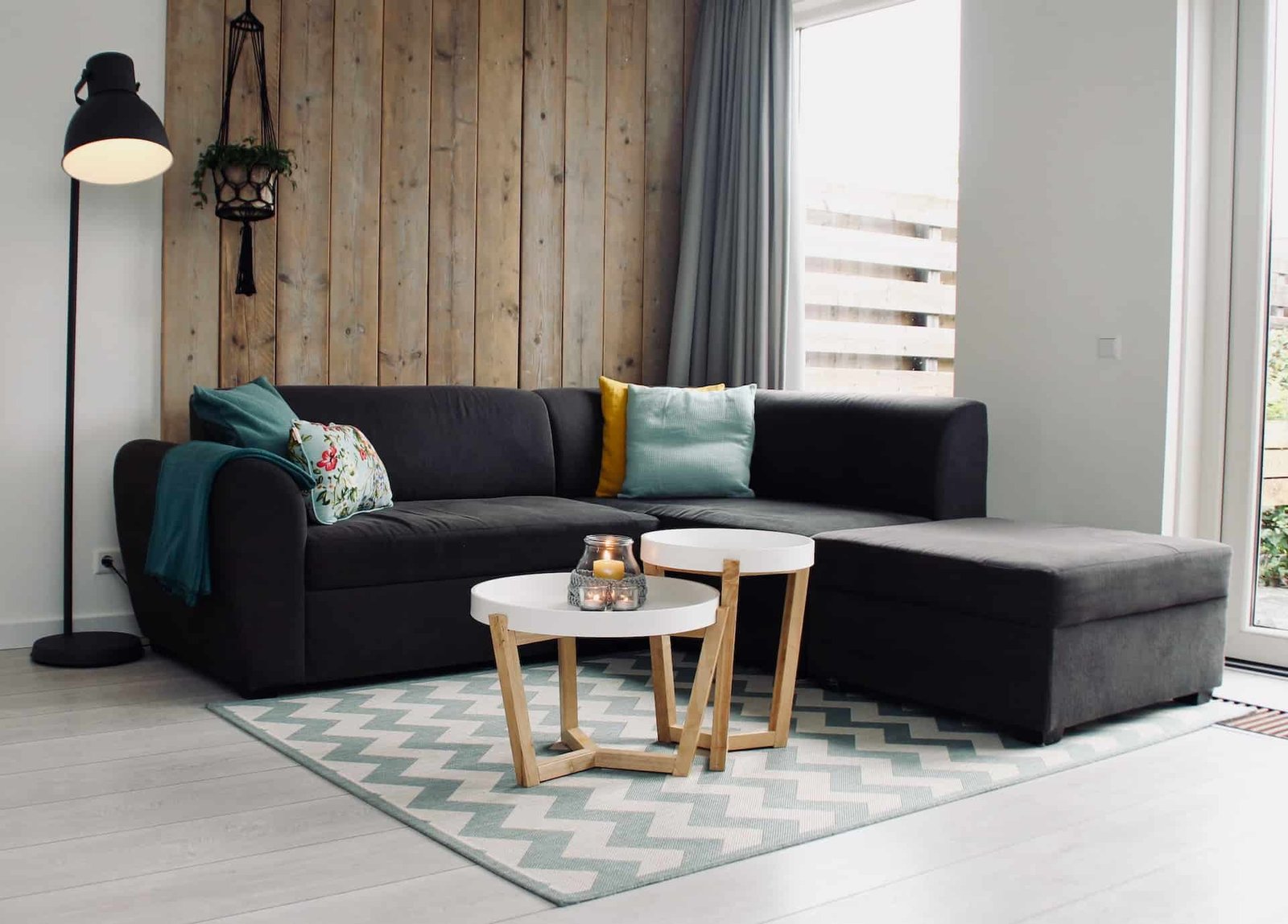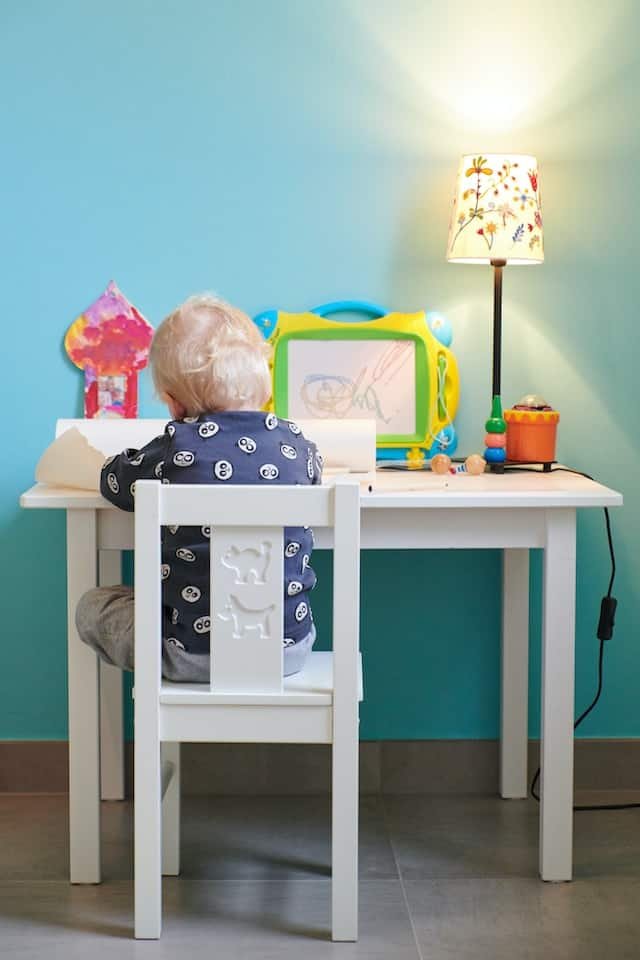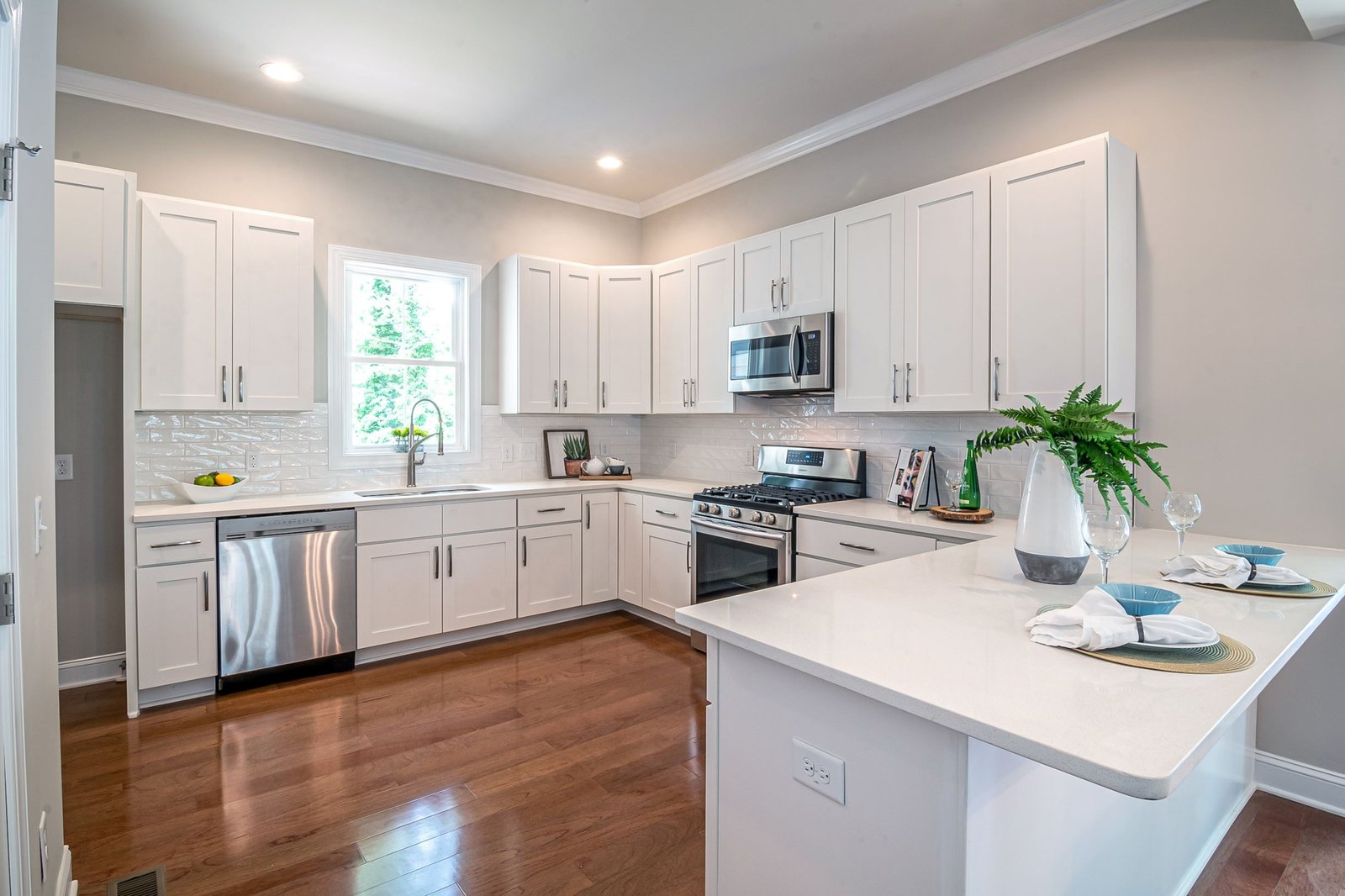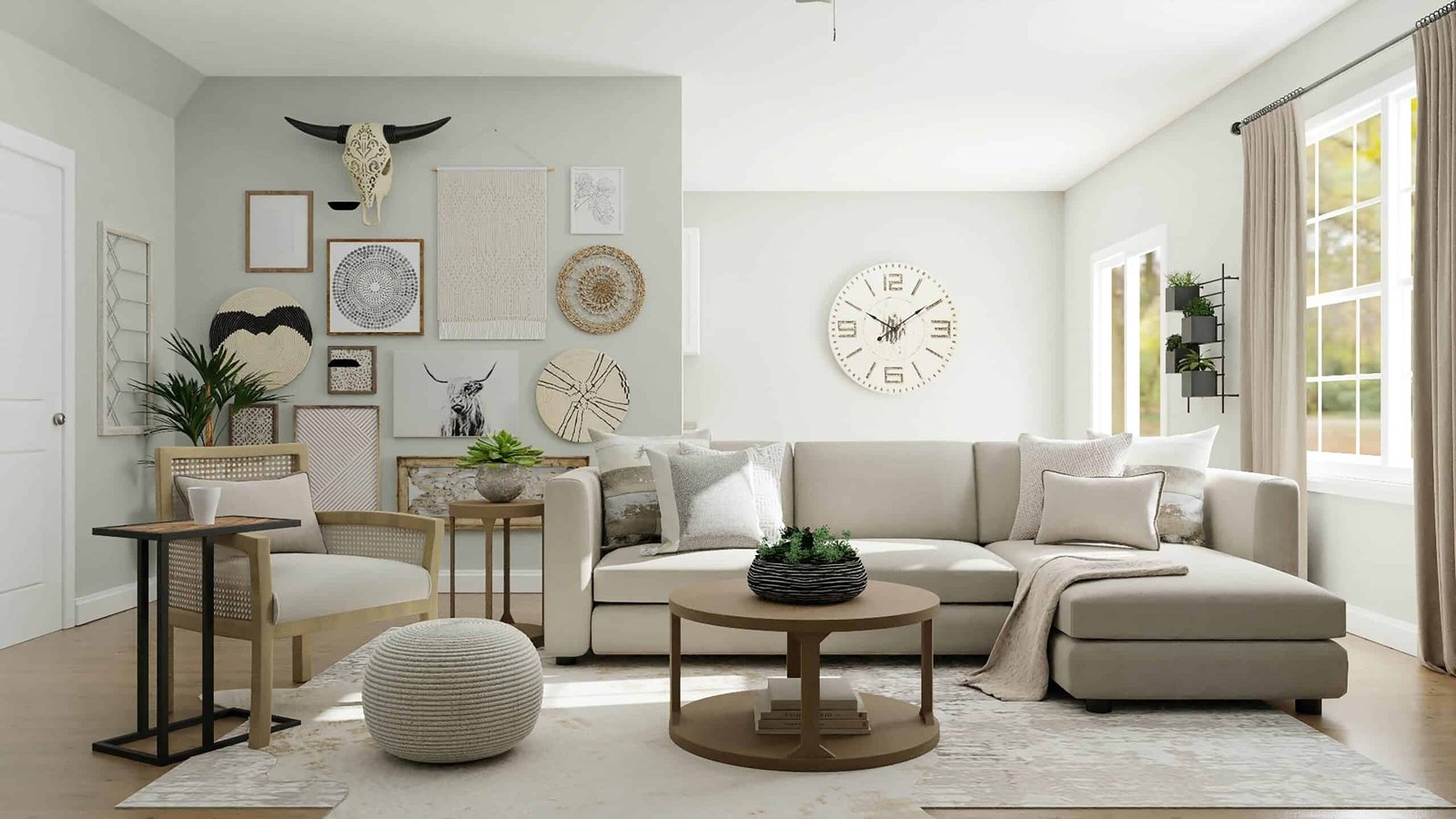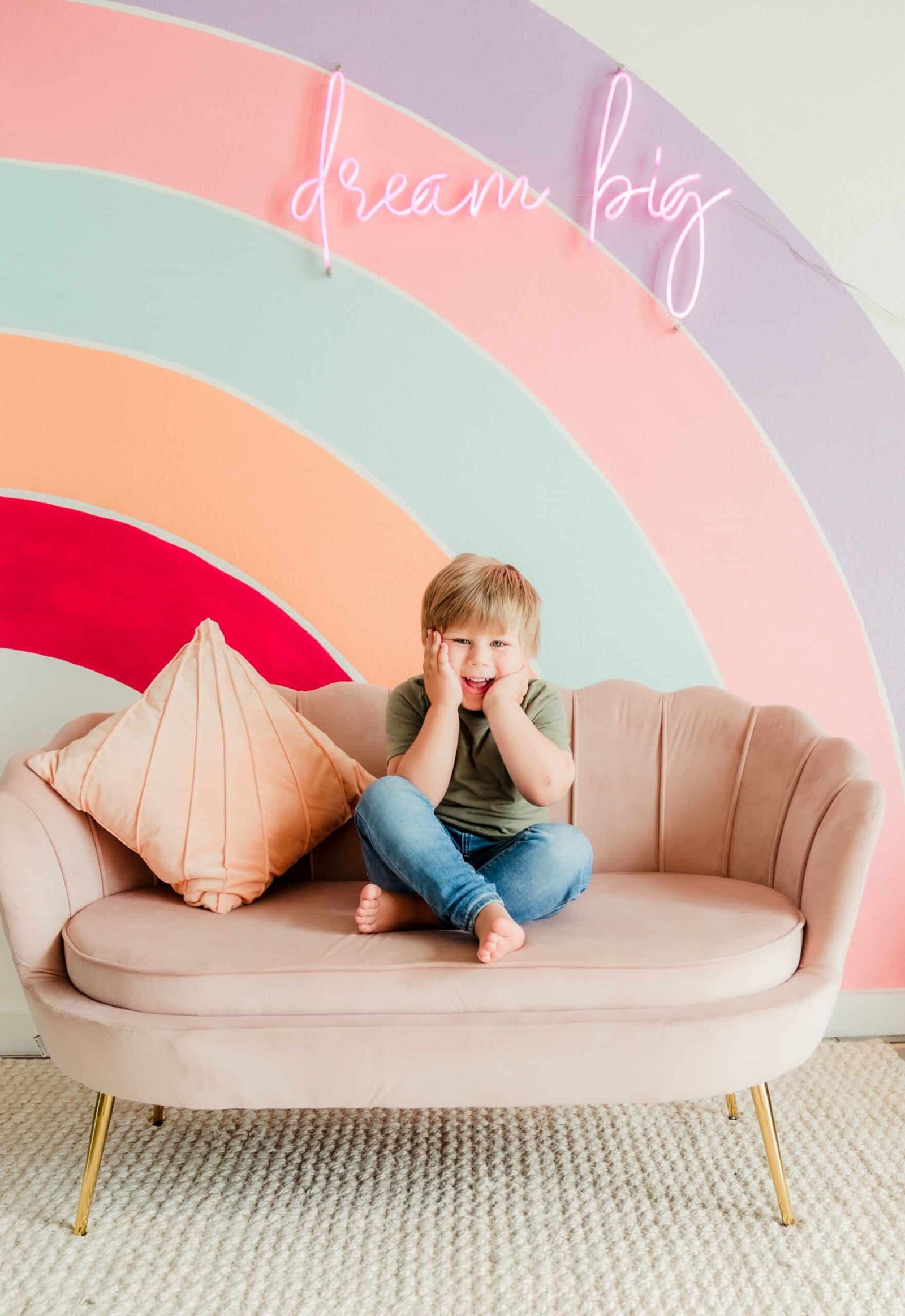
Disclaimer: As an Amazon Associate, “Furniture UK” earns from qualifying purchases.
Choosing Furniture for Your Kids: A Guide to Finding the Perfect Pieces
Your child’s safety and comfort are top priorities as a parent, and creating a space where they can thrive is essential. A significant aspect of achieving this is selecting the right furniture for their room. But with countless options, it’s easy to feel overwhelmed and unsure where to begin. When it comes to choosing furniture for your little one, there are numerous factors to take into account. Safety and durability are non-negotiables, but you also want to consider your child’s age, interests, needs, and the size and layout of their room.
Whether designing a nursery or revamping an existing room, selecting the right furniture can make all the difference. Moreover, the furniture should be functional and add a touch of style to your child’s space. So, please sit back, relax, and keep reading as we take you through some practical tips and creative ideas on choosing the perfect furniture for your child’s room.
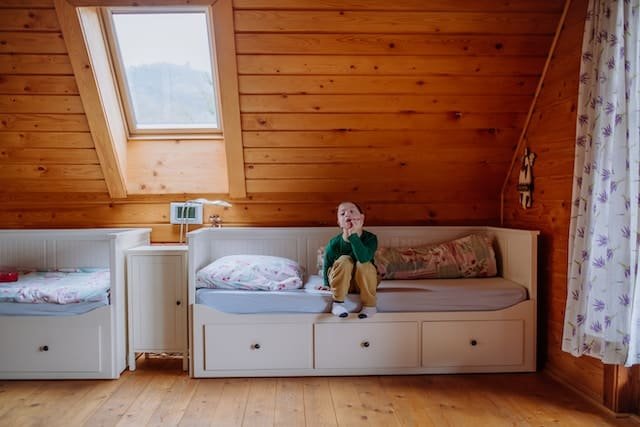
Safety and Durability
When choosing furniture for your children, safety and durability should be your top priority. Children are playful and curious and may not always be aware of the potential dangers around them. Therefore, choosing furniture that can withstand their activities and keep them safe is essential.
-
Materials
The materials used to make the furniture are an essential factor to consider. You want to choose furniture made from sturdy and durable materials that can withstand the wear and tear of your children’s activities. Avoid furniture made from cheap materials that may break easily or have sharp edges that can harm your children. Wooden furniture is a good option as it is solid and sturdy. It is also easy to clean and maintain. Depending on your preference and budget, you can choose from a range of woods, such as oak, maple, and cherry.
Another option is metal furniture, which is also durable. Metal furniture is ideal if you want a modern and stylish look. However, you should ensure the furniture is properly coated to prevent rust and corrosion. Plastic furniture is lightweight and easy to move around. It is also affordable, making it a good option for a tight budget. However, plastic furniture may not be as durable as wooden or metal furniture and may not be suitable for older children.
-
Safety Features
When choosing furniture for your children, you should look for safety features to prevent accidents and injuries. For example, you should choose furniture with rounded edges and corners to prevent your children from getting hurt if they accidentally bump into the furniture. It would be best to avoid furniture with sharp edges or corners that can cause injuries. It would be best to look for furniture with safety straps or L-brackets to secure it to the wall. This will prevent the furniture from tipping over if your children climb or pull on it. Drawer stops are another vital safety feature to look for. Drawer stops prevent the drawers from being pulled out too far, which can cause the furniture to tip over.
Functionality
When choosing furniture for your children, it’s important to consider functionality. Children’s furniture should be practical and easy to use, helping your child to develop independence and self-sufficiency. Two key aspects of functionality to consider are storage and adjustability.
-
Storage
Children have many things, from toys and games to books and clothes. Choosing furniture with good storage options is essential to avoid clutter and tidy your child’s room. Look for beds with built-in drawers or shelves, wardrobes with hanging space and shelves, and desks with drawers or cubbies. You can also add storage solutions like toy boxes and bookshelves to keep everything organised. When choosing storage options, consider your child’s age and abilities. For younger children, select furniture with low drawers and shelves that are easy to reach. For older children, consider taller furniture that maximises vertical space.
-
Adjustability
Children grow quickly, so choosing furniture that can adjust to their changing needs is essential. Look for beds that can be extended as your child grows or desks that can be raised or lowered to accommodate different heights. Adjustable furniture can also help your child to develop good posture and avoid discomfort or injury. Adjustable furniture can be a good investment, as it can be used for many years and adapt to your child’s changing needs. However, choosing high-quality furniture that can withstand frequent adjustments and heavy use is essential.
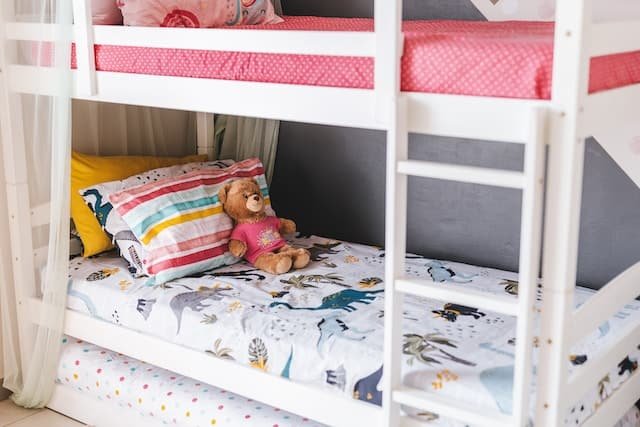
Design
When choosing your children’s furniture design, consider a few things. You want to ensure the furniture is functional and visually appealing to your child. Here are some sub-sections to consider:
-
Colour
Colour is essential to consider when choosing furniture for your child’s room. You want to choose aesthetically pleasing colours and create a calming and inviting environment. Lighter colours, such as pastels and neutrals, create a peaceful atmosphere, while brighter colours can add a fun and playful touch. It’s also important to consider the room’s colour scheme. You want the furniture to complement the room’s walls, flooring, and other decor. If you’re unsure which colours to choose, you can always opt for classic colours such as white, grey, or wood finishes.
-
Theme
Choosing a theme for your child’s room can be fun to create a cohesive and personalised space. Some popular themes include animals, sports, princesses, and superheroes. When choosing furniture to fit a theme, it’s important not to go overboard and select pieces that can easily be updated as your child grows and their interests change. Another way to incorporate a theme is through accessories such as bedding, curtains, and wall art. This lets you easily switch up the theme without replacing larger furniture items. When choosing your children’s furniture design, keeping functionality and aesthetics in mind is essential. By considering the colour and theme of the room, you can create a space that is inviting and personalised to your child’s interests.
Choosing your children’s furniture is an important decision that requires careful consideration. You want to ensure your chosen furniture is safe, comfortable, and functional for your child’s needs. Consider your child’s age, size, and interests when selecting furniture pieces. Regarding safety, look for furniture with rounded edges and no sharp corners. This will help prevent injuries and ensure your child can play and explore their room without any hazards.


